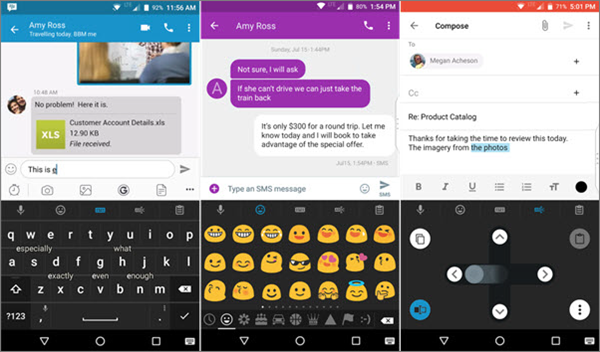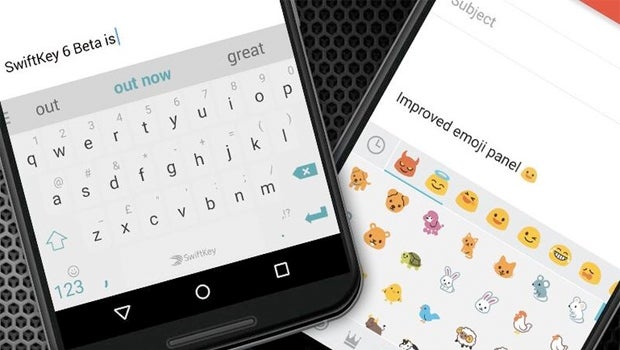
Type and text any way you like, with swipe-to-type, tap-to-type, and searchable emojis and GIFs. Microsoft SwiftKey provides helpful predictions, so you can get your point across fast, without errors. The custom keyboard provides autocorrect that actually works. Microsoft SwiftKey caters to all typing tastes, with free designs and themes to fit any style. The Microsoft SwiftKey swipe keyboard is always learning and adapting to match your unique way of typing - including your slang, nicknames and emoji. Use your personalized keyboard to type and send emoji, GIFs and stickers just the way you like. Microsoft has no plans to withdraw its SwiftKey keyboard app from Android app stores, and it continues to use the same swiping and predictive technologies in its soft keyboard for Windows users.Microsoft SwiftKey is the intelligent keyboard that learns your writing style, so you can type faster. It is not farfetched to assume this practice has met significant resistance from Apple's increasingly privacy-focused stance. SwiftKey relies on collecting a fair amount of user data to feed its predictive engine. Nevertheless, the senior ZDNet editor has suspicions about Apple’s policies that safeguard, and limit rival firms’ potential to monetize, its walled garden.

Windows reporting stalwart Mary Jo Foley couldn’t wheedle any reasons behind the move from a Microsoft spokesperson.

Themes Gboard and SwiftKey both have a large selection of themes. While the largest size is the same for all of them, SwiftKey has the potential to be the smallest. When it comes to size, all three keyboards can be resized to your liking. The shallower integration of SwiftKey with iOS might be one of the telltale signs of why Microsoft, who bought out SwiftKey in 2016, decided to withdraw this app from iOS devices. SwiftKey takes one step further by including a Thumb mode that divides the keyboard into two halves.

However, Apple never allowed proper full-integration of third-party keyboards, and thus SwiftKey iOS felt restricted compared to the Android version, with users thrown back to the minimal Apple keyboard when entering security sensitive and some other OS dialogs. When Apple opened iOS up to third-party keyboards in 2014 (with iOS 8) I remember I quickly installed SwiftKey on my iPad to benefit from the same predictive library that had been built up on my Android smartphone, and bring a slick swiping text input method to iOS.


 0 kommentar(er)
0 kommentar(er)
